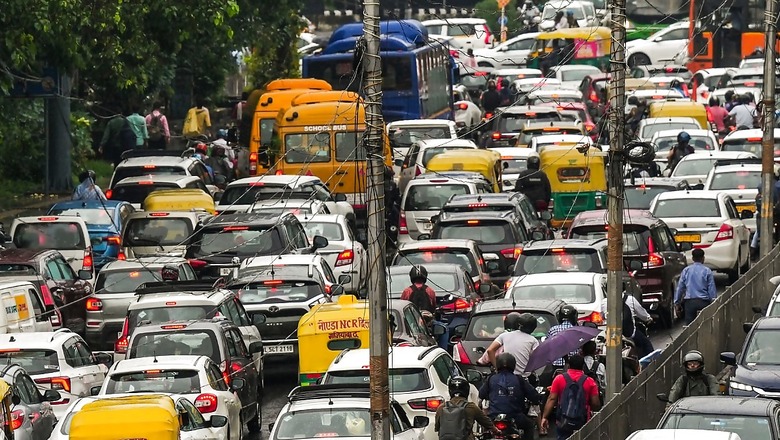
views
Traffic pollution has become a public health concern. The rapid growth of urbanization is leading to increased usage of vehicles that produce harmful substances such as nitrogen oxides, sulfur dioxides, carbon mono oxide, particulate matter, and other harmful materials that contribute to air pollution. Traffic is one of major source of air pollution. People exposed to this pollution are at greater risks than they are leading to health issues. Dr Syed Abdul Aleem, Consultant Pulmonologist, CARE Hospitals, Musheerabad, Hyderabad shares all you need to know:
Asthma
Many people are affected by asthma. The disease is chronic with cough, wheezing and problems of breath as its symptoms. The disease can be inherited but allergies, infections and environmental conditions more often. Most of the persons with asthma are reported due to traffic pollution of urban environments and since air pollution aggravates asthma, such persons are higher risk of respiratory infections.
Occurrence of traffic pollution in the lungs includes inflammatory response as well as permeation of the lungs by the pollutant. It has reported that inhalation of particulate matter leads to impair certain immune responses which eventually infect the breathing tubes and lungs. The children when exposed to traffic pollution are mostly vulnerable since their lungs are still immature. Such exposure to pollution may also harm the lungs of the children causing airways infections such as pneumonia or even bronchitis and sinus infections.
Chronic Obstructive Pulmonary Disease (COPD)
COPD is the third-leading cause of death across the world. COPD which is defined as the presence of airflow limitation that is not reversible. It has been found out that the risk of developing COPD increases over time, especially when highly exposed to traffic. The symptoms such as chest tightness, feeling tired and shortness of breath gets worse when exposed to traffic pollution.
When these pollutants enter into the lungs causing chronic inflammation which is a major risk factor of COPD. It is known that leading cause of COPD cases are in people who smoke. Moreover, these traffic pollution may also cause COPD among non-smokers as well.
Traffic Related Respiratory Problems Other than COPD
Apart from asthma and COPD, there have been other respiratory problems that have been attributed to traffic pollution such as
- Respiratory InfectionsWhere the lungs gets infected with bronchitis and pneumonia when exposed to pollutants.
- Lung CancerLung Cancer are caused when constant and long exposure to significant levels of toxins especially due to diesel smoke enhances the chances of lung cancer suffering.
Allergic Rhinitis
Allergic Rhinitis can be mild but results in dangerous. The pollutants of traffic pollution can reach and act on the soft tissue of the nose, which in turn can cause peripheral nervous system-related problems, such as sneezing, blocked nasal airflow, or a watery runny nose.
Mitigating the Effects of Traffic Pollution
As urbanization is growing rapidly, reducing traffic pollution is crucial to protecting our respiratory health.
- Strict measures and initiatives are suggested to be introduced by the government. Campaigns can help to create awareness and educate people
- State should promote electric vehicle usage, encourage people to depend public transportation and urban environment should develop green surrounding.
- People those who have lung health issues should try to not expose to air pollution. Make the usage of mask as priority when you go outside and grow plants around homes.
- People living in highly polluted areas should do a regular checkup and monitor lung health. It helps to detect early signs.




















Comments
0 comment